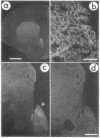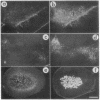Abstract
Retinoic acid is synthesized from retinaldehyde by several different dehydrogenases, which are arranged in conserved spatial and developmentally regulated patterns. Here we show for the mouse that a class-1 aldehyde dehydrogenase, characterized by oxidation and disulfiram sensitivity, is found in the brain at high levels only in the basal forebrain. It is present in axons and terminals of a subpopulation of dopaminergic neurons of the mesostriatal and mesolimbic system, forming a retinoic acid-generating projection from the ventral tegmentum to the corpus striatum and the shell of the nucleus accumbens. In the striatum the projection is heaviest to dorsal and rostral regions, declining gradually toward ventral. The enzyme is expressed early in development, shortly after appearance of tyrosine hydroxylase. Other dopaminergic neurons in the brain, as well as the chromaffin cells of the adrenal medulla, do not contain this dehydrogenase. The presence of this enzyme may be a factor in the long-term success of transplants of dopaminergic cells to the corpus striatum in Parkinson disease, and it may play a role in parkinsonism and catatonia due to disulfiram (Antabuse) neurotoxicity.
Full text
PDF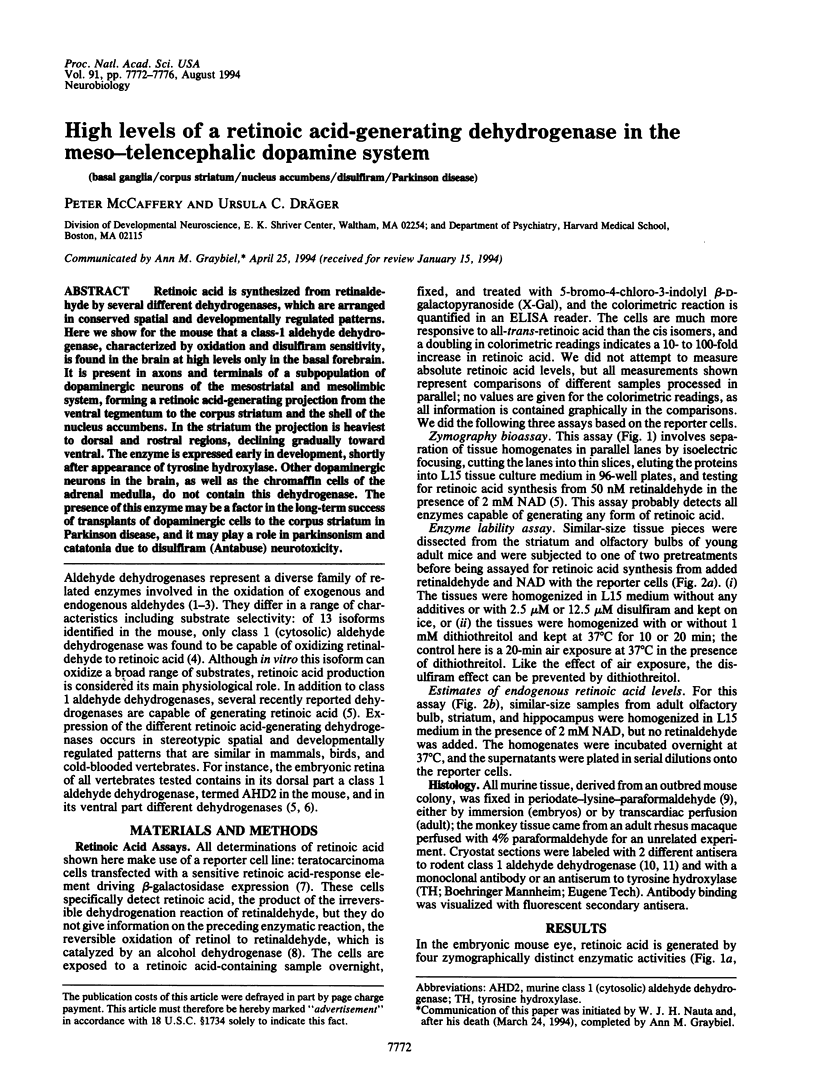
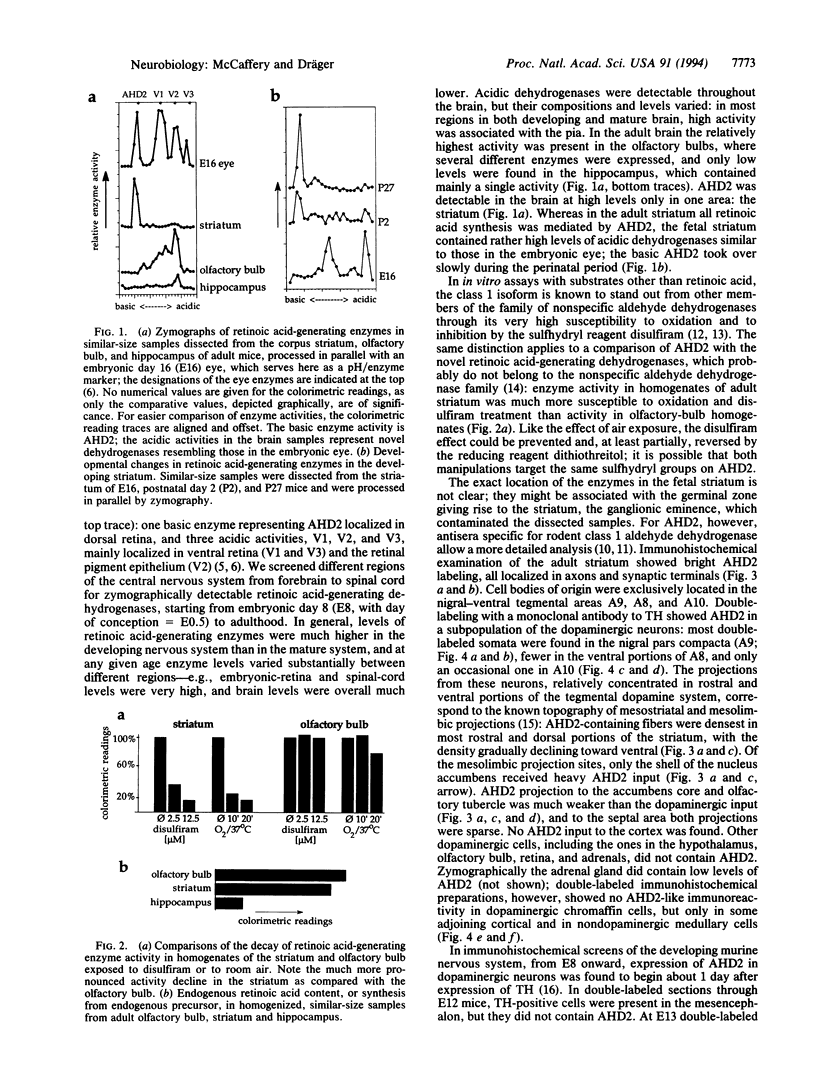
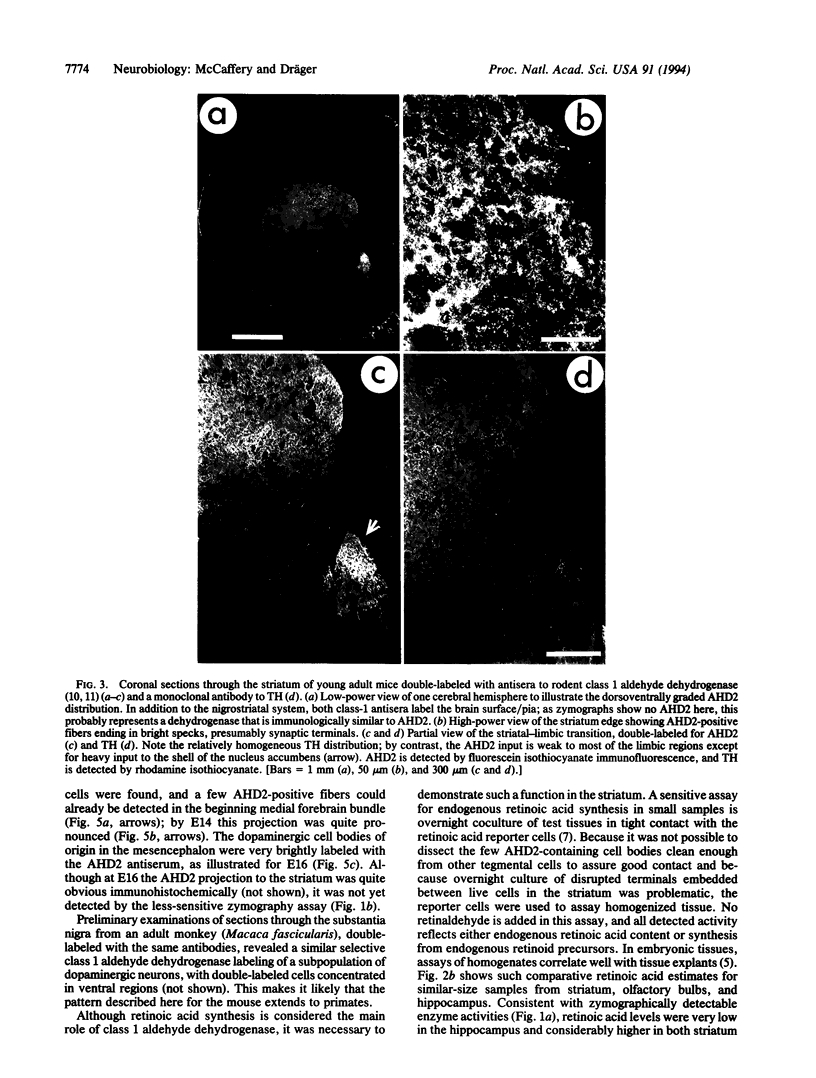
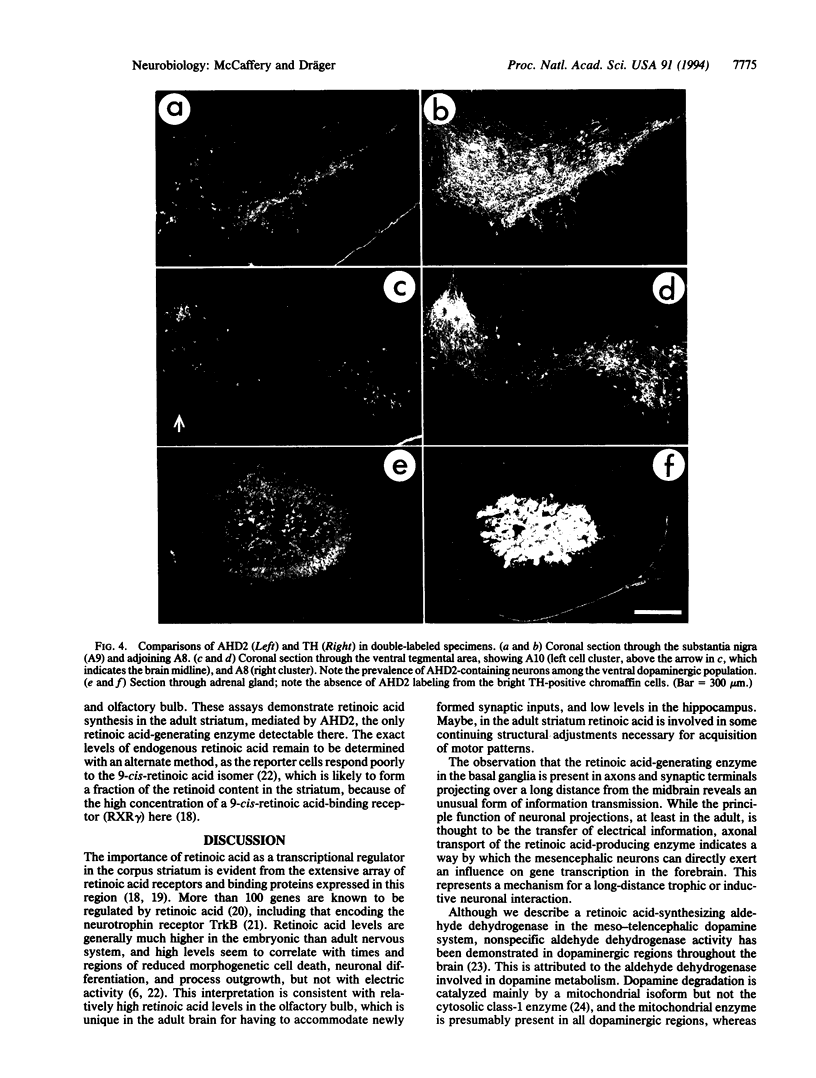
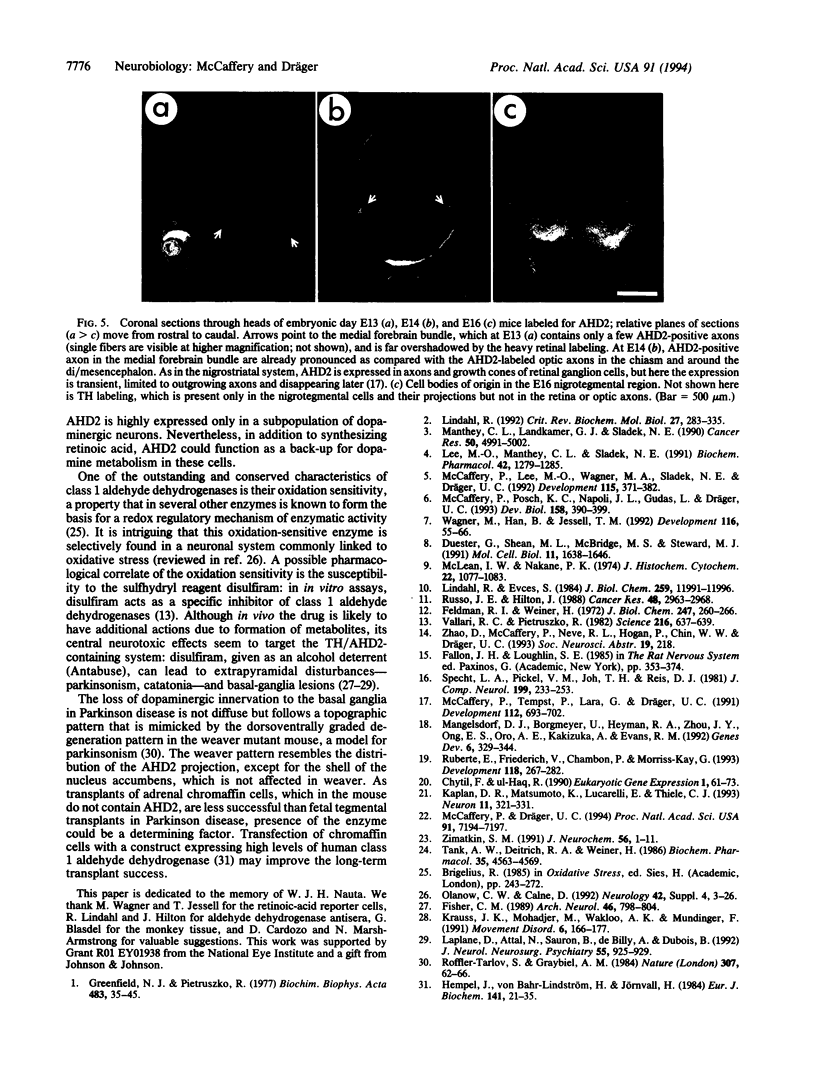
Images in this article
Selected References
These references are in PubMed. This may not be the complete list of references from this article.
- Chytil F., Riaz-ul-Haq Vitamin A mediated gene expression. Crit Rev Eukaryot Gene Expr. 1990;1(1):61–73. [PubMed] [Google Scholar]
- Duester G., Shean M. L., McBride M. S., Stewart M. J. Retinoic acid response element in the human alcohol dehydrogenase gene ADH3: implications for regulation of retinoic acid synthesis. Mol Cell Biol. 1991 Mar;11(3):1638–1646. doi: 10.1128/mcb.11.3.1638. [DOI] [PMC free article] [PubMed] [Google Scholar]
- Feldman R. I., Weiner H. Horse liver aldehyde dehydrogenase. I. Purification and characterization. J Biol Chem. 1972 Jan 10;247(1):260–266. [PubMed] [Google Scholar]
- Fisher C. M. 'Catatonia' due to disulfiram toxicity. Arch Neurol. 1989 Jul;46(7):798–804. doi: 10.1001/archneur.1989.00520430094024. [DOI] [PubMed] [Google Scholar]
- Greenfield N. J., Pietruszko R. Two aldehyde dehydrogenases from human liver. Isolation via affinity chromatography and characterization of the isozymes. Biochim Biophys Acta. 1977 Jul 8;483(1):35–45. doi: 10.1016/0005-2744(77)90005-5. [DOI] [PubMed] [Google Scholar]
- Hempel J., von Bahr-Lindström H., Jörnvall H. Aldehyde dehydrogenase from human liver. Primary structure of the cytoplasmic isoenzyme. Eur J Biochem. 1984 May 15;141(1):21–35. doi: 10.1111/j.1432-1033.1984.tb08150.x. [DOI] [PubMed] [Google Scholar]
- Kaplan D. R., Matsumoto K., Lucarelli E., Thiele C. J. Induction of TrkB by retinoic acid mediates biologic responsiveness to BDNF and differentiation of human neuroblastoma cells. Eukaryotic Signal Transduction Group. Neuron. 1993 Aug;11(2):321–331. doi: 10.1016/0896-6273(93)90187-v. [DOI] [PubMed] [Google Scholar]
- Krauss J. K., Mohadjer M., Wakhloo A. K., Mundinger F. Dystonia and akinesia due to pallidoputaminal lesions after disulfiram intoxication. Mov Disord. 1991;6(2):166–170. doi: 10.1002/mds.870060214. [DOI] [PubMed] [Google Scholar]
- Laplane D., Attal N., Sauron B., de Billy A., Dubois B. Lesions of basal ganglia due to disulfiram neurotoxicity. J Neurol Neurosurg Psychiatry. 1992 Oct;55(10):925–929. doi: 10.1136/jnnp.55.10.925. [DOI] [PMC free article] [PubMed] [Google Scholar]
- Lee M. O., Manthey C. L., Sladek N. E. Identification of mouse liver aldehyde dehydrogenases that catalyze the oxidation of retinaldehyde to retinoic acid. Biochem Pharmacol. 1991 Aug 22;42(6):1279–1285. doi: 10.1016/0006-2952(91)90266-8. [DOI] [PubMed] [Google Scholar]
- Lindahl R. Aldehyde dehydrogenases and their role in carcinogenesis. Crit Rev Biochem Mol Biol. 1992;27(4-5):283–335. doi: 10.3109/10409239209082565. [DOI] [PubMed] [Google Scholar]
- Lindahl R., Evces S. Rat liver aldehyde dehydrogenase. II. Isolation and characterization of four inducible isozymes. J Biol Chem. 1984 Oct 10;259(19):11991–11996. [PubMed] [Google Scholar]
- Mangelsdorf D. J., Borgmeyer U., Heyman R. A., Zhou J. Y., Ong E. S., Oro A. E., Kakizuka A., Evans R. M. Characterization of three RXR genes that mediate the action of 9-cis retinoic acid. Genes Dev. 1992 Mar;6(3):329–344. doi: 10.1101/gad.6.3.329. [DOI] [PubMed] [Google Scholar]
- Manthey C. L., Landkamer G. J., Sladek N. E. Identification of the mouse aldehyde dehydrogenases important in aldophosphamide detoxification. Cancer Res. 1990 Aug 15;50(16):4991–5002. [PubMed] [Google Scholar]
- McCaffery P., Dräger U. C. Hot spots of retinoic acid synthesis in the developing spinal cord. Proc Natl Acad Sci U S A. 1994 Jul 19;91(15):7194–7197. doi: 10.1073/pnas.91.15.7194. [DOI] [PMC free article] [PubMed] [Google Scholar]
- McCaffery P., Lee M. O., Wagner M. A., Sladek N. E., Dräger U. C. Asymmetrical retinoic acid synthesis in the dorsoventral axis of the retina. Development. 1992 Jun;115(2):371–382. doi: 10.1242/dev.115.2.371. [DOI] [PubMed] [Google Scholar]
- McCaffery P., Tempst P., Lara G., Dräger U. C. Aldehyde dehydrogenase is a positional marker in the retina. Development. 1991 Jul;112(3):693–702. doi: 10.1242/dev.112.3.693. [DOI] [PubMed] [Google Scholar]
- McCaffrery P., Posch K. C., Napoli J. L., Gudas L., Dräger U. C. Changing patterns of the retinoic acid system in the developing retina. Dev Biol. 1993 Aug;158(2):390–399. doi: 10.1006/dbio.1993.1197. [DOI] [PubMed] [Google Scholar]
- McLean I. W., Nakane P. K. Periodate-lysine-paraformaldehyde fixative. A new fixation for immunoelectron microscopy. J Histochem Cytochem. 1974 Dec;22(12):1077–1083. doi: 10.1177/22.12.1077. [DOI] [PubMed] [Google Scholar]
- Roffler-Tarlov S., Graybiel A. M. Weaver mutation has differential effects on the dopamine-containing innervation of the limbic and nonlimbic striatum. Nature. 1984 Jan 5;307(5946):62–66. doi: 10.1038/307062a0. [DOI] [PubMed] [Google Scholar]
- Ruberte E., Friederich V., Chambon P., Morriss-Kay G. Retinoic acid receptors and cellular retinoid binding proteins. III. Their differential transcript distribution during mouse nervous system development. Development. 1993 May;118(1):267–282. doi: 10.1242/dev.118.1.267. [DOI] [PubMed] [Google Scholar]
- Russo J. E., Hilton J. Characterization of cytosolic aldehyde dehydrogenase from cyclophosphamide resistant L1210 cells. Cancer Res. 1988 Jun 1;48(11):2963–2968. [PubMed] [Google Scholar]
- Specht L. A., Pickel V. M., Joh T. H., Reis D. J. Light-microscopic immunocytochemical localization of tyrosine hydroxylase in prenatal rat brain. I. Early ontogeny. J Comp Neurol. 1981 Jun 20;199(2):233–253. doi: 10.1002/cne.901990207. [DOI] [PubMed] [Google Scholar]
- Tank A. W., Deitrich R. A., Weiner H. Effects of induction of rat liver cytosolic aldehyde dehydrogenase on the oxidation of biogenic aldehydes. Biochem Pharmacol. 1986 Dec 15;35(24):4563–4569. doi: 10.1016/0006-2952(86)90779-3. [DOI] [PubMed] [Google Scholar]
- Vallari R. C., Pietruszko R. Human aldehyde dehydrogenase: mechanism of inhibition of disulfiram. Science. 1982 May 7;216(4546):637–639. doi: 10.1126/science.7071604. [DOI] [PubMed] [Google Scholar]
- Wagner M., Han B., Jessell T. M. Regional differences in retinoid release from embryonic neural tissue detected by an in vitro reporter assay. Development. 1992 Sep;116(1):55–66. doi: 10.1242/dev.116.1.55. [DOI] [PubMed] [Google Scholar]
- Zimatkin S. M. Histochemical study of aldehyde dehydrogenase in the rat CNS. J Neurochem. 1991 Jan;56(1):1–11. doi: 10.1111/j.1471-4159.1991.tb02555.x. [DOI] [PubMed] [Google Scholar]



